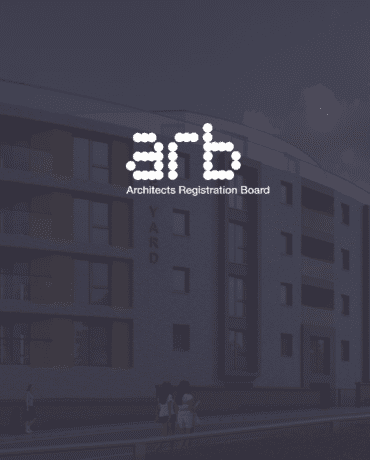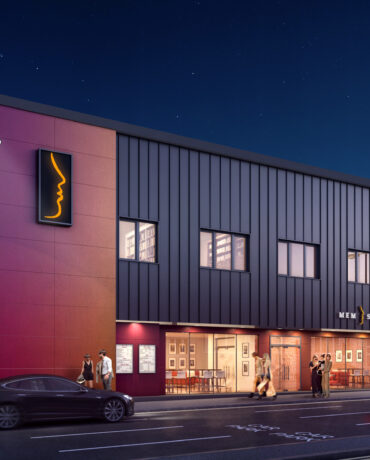5 Sustainable Building Materials Trending in Construction.
As the world moves towards a more sustainable future, construction materials are becoming increasingly important. Sustainable building materials can help reduce energy consumption, improve air quality and reduce the environmental impact of construction projects.
In this article, DSA talks you through some of the most promising sustainable building materials that are becoming increasingly frequent in the construction industry. We will discuss their advantages and potential use cases in green architecture and sustainable construction projects. Through this exploration, we hope to provide insight into how these materials can create a more eco-friendly built environment.
Bamboo; a sustainable building alternative to wood materials
Bamboo is an excellent alternative to the traditional wood materials used in architecture. It is a renewable resource that grows quickly and can be harvested sustainably. It is also durable, lightweight, and strong, making it an ideal material for sustainable building projects.
Bamboo has been used for centuries in many parts of the world to build homes, furniture, bridges, and other structures. In recent years it has gained popularity as an eco-friendly material due to its aforementioned ability to be grown quickly with minimal environmental impact. It can also be used in place of wood for many projects that require strength and durability.
Using bamboo as a sustainable alternative to wood materials in construction and architecture projects can reduce our environmental footprint while still having access to quality materials that are strong enough for any project.
Structural Insulation Panels (SIPS) for an airtight seal that keeps your home energy efficient
Structural Insulation Panels (SIPS) are a sustainable construction material that can help create an airtight seal in your home, making it more energy efficient. SIPS are made from a combination of insulation and structural elements, such as wood or metal, and come in a variety of shapes and sizes to fit different types of buildings.
SIPS provide an effective barrier against air infiltration and can be used for both new construction and retrofitting existing buildings. They are also becoming increasingly popular in green architecture as they provide superior insulation performance compared to traditional materials.
Living roofs offer a number of benefits including durability, improved air quality and energy efficiency
Living roofs are a type of sustainable architecture that offer many benefits to the environment and people. They are made from vegetation, such as grasses and shrubs, grown on top of a roof structure. This type of green architecture helps to improve air quality, reduce energy costs, increase the lifespan of the building, and create a more aesthetically pleasing environment. Furthermore, living roofs can help to reduce stormwater runoff by absorbing rainwater and reducing flooding in urban areas. By utilising living roofs in sustainable construction projects, we can create a healthier and more efficient built environment.
The benefits of living roofs are not limited to the environment. They also have a positive impact on human health and well-being. Creating a living roof on your building can provide many benefits not only to you and your neighbours but to the local community because of the increased biodiversity in ecosystems. Furthermore, cities with more green space and diversity tend to be healthier overall than those with less.
Wool; an eco-friendly building insulation material
Wool insulation has been gaining popularity recently due to its natural fibres, which are non-toxic and biodegradable. Highly effective at keeping a home warm in winter and cool in summer, wool insulation is an ideal choice for energy efficiency. It also resists mould growth, fire, and pests, making it a safe option for homes.
Additionally, wool insulation has excellent soundproofing qualities, making it great for reducing noise pollution. With this many benefits, it’s no wonder wool insulation is becoming an increasingly popular choice for building insulation.
Smart glass for effective light and energy regulation
Smart glass is an innovative technology that can regulate light in buildings effectively. It works by using a combination of optical, electronic and mechanical components to adjust the amount of light entering. This allows for more efficient energy usage, as well as improved comfort levels for occupants.
Smart glass also has the potential to reduce energy costs, as it can be programmed to only allow certain amounts of light into a building at certain times. Additionally, smart glass can be used to reduce glare while still allowing natural light into the space. With all these benefits, smart glass is becoming increasingly popular in both residential and commercial settings.
Looking for an architect to bring your sustainable building project to life?
Talk to one of Design Studio Architects’ experts today. Whether you’re looking to create a green commercial space for your workforce or looking to make your home more energy efficient our team of architects can help you with every aspect of your project from conception to completion. Enquire today, or browse our portfolio of projects to see some examples of our work.

Talk To An Expert
Contact UsSee More Recent Posts

What does it mean to be...
When you are looking to hire an architect, it’s important to check the Architects...

Types of Commercial Architecture
Commercial architecture is the design and construction of buildings intended for business or public...

Commercial Architectural Trends in 2024
Today’s office buildings, retail stores and hospitality settings are increasingly being designed with a...

